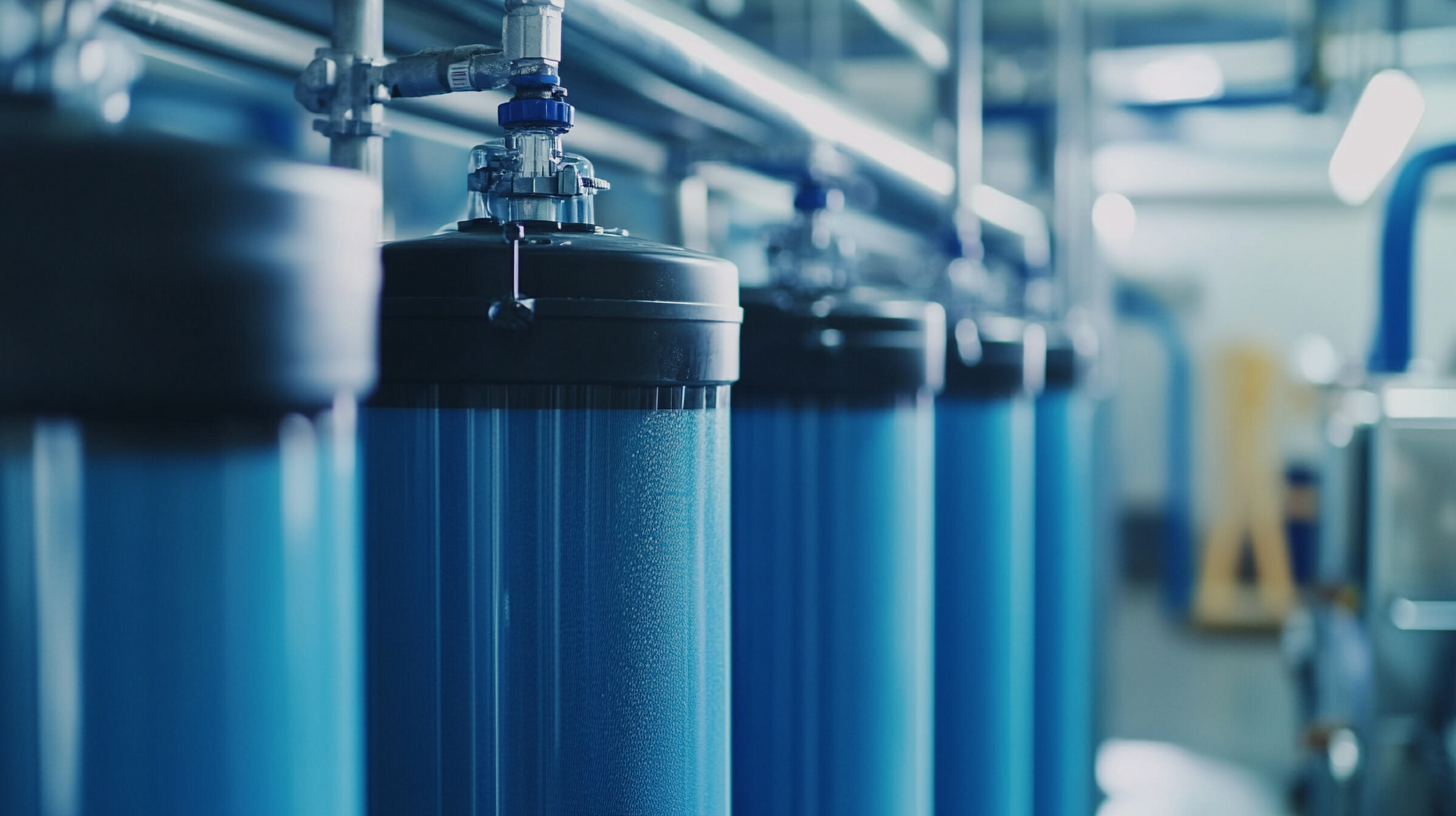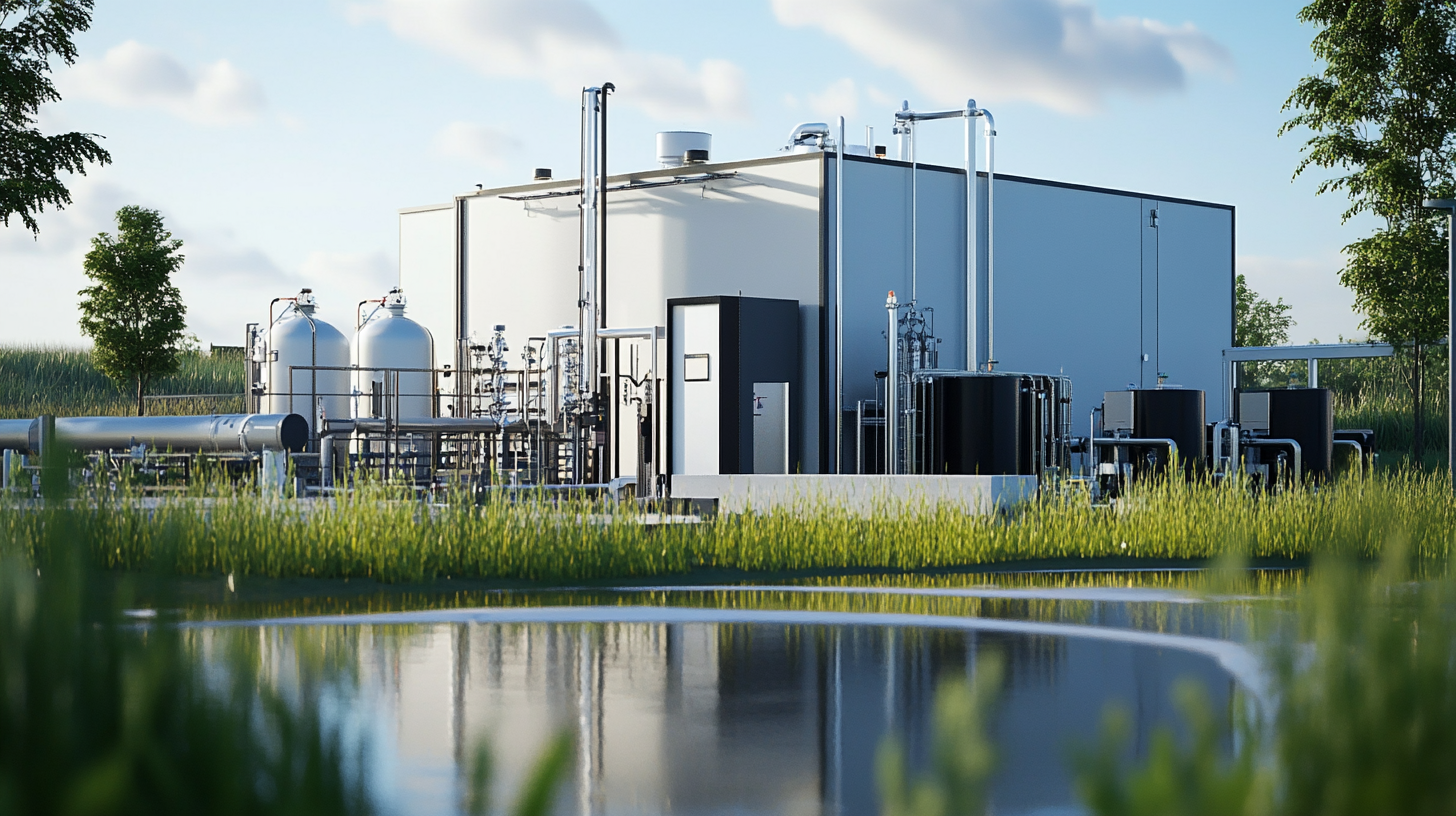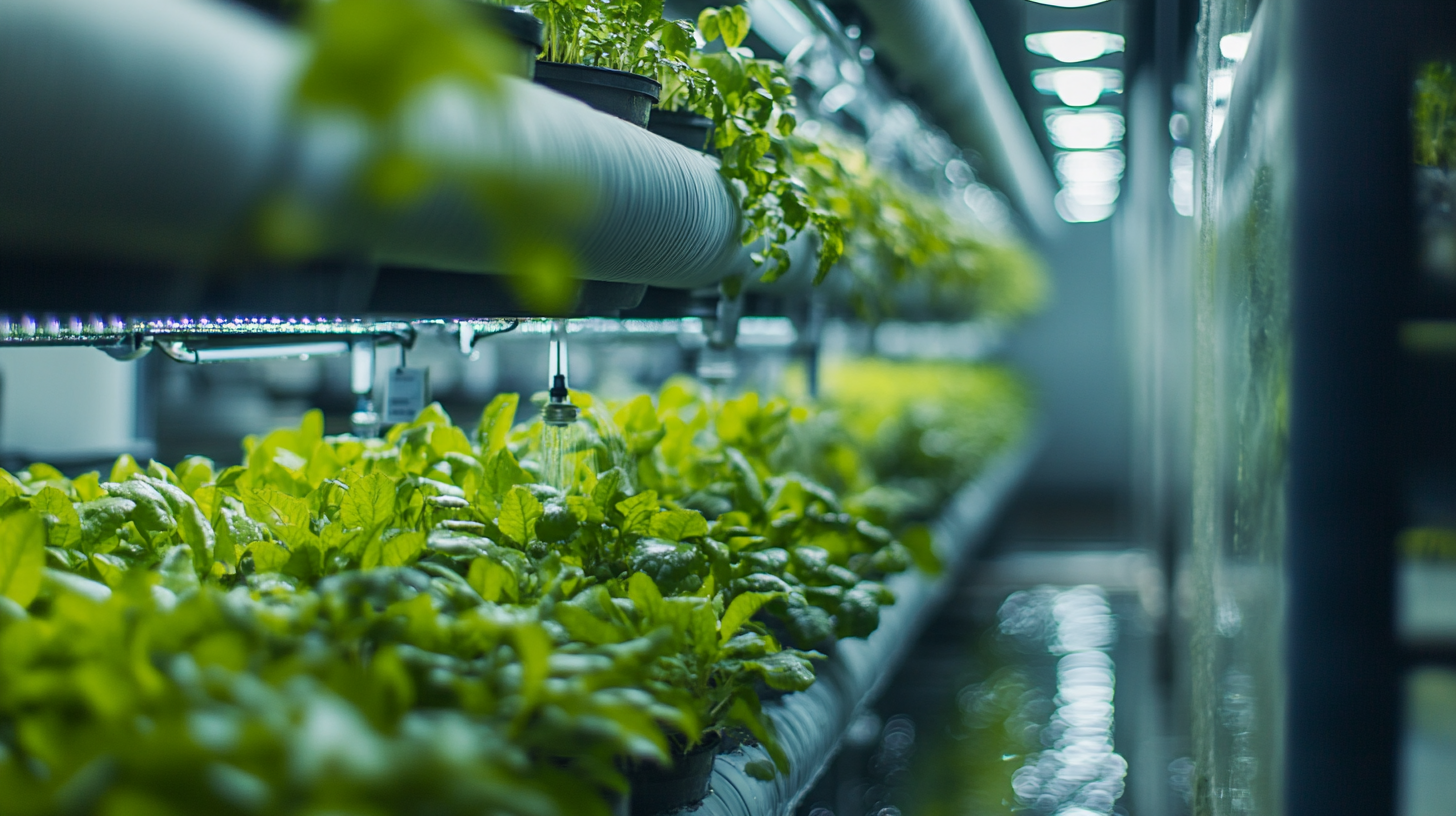Recently, innovative technologies to carry out an efficient and successful treatment of wastewater have increased marvelous demands. The foremost example remains Bio Filter Media. In the estimation of MarketsandMarkets, it is further estimated that the biofiltration market all over the globe will go up to $5.29 billion at the end of or by 2026, on an annual compound growth rate of 8.1%. This makes a case as to how Bio Filter Media goes ahead in the line of time and regulations, which will need in actual performance terms, improve environmental sustainability as it relates to stringent rules on wastewater management. In fact, industries have learned that the effective maintenance of bio filter media can help drive down costs while optimizing economics to a great extent for successful compliance with environmental standards.
In addition to this, the appropriate maintenance of Bio Filter Media not only increases the lifespan of operational performance but also improves filtration efficiency to the maximum extent. One of the studies conducted by the Water Research Foundation shows that a well-maintained biofiltration system can increase pollutant reduction efficiency by about 50%. The above translates to considerable cost savings and greater efficiencies across treatment plants. This blog aims to come up with the best practices for Bio Filter Media maintenance, thereby investigating the further corner of how cost management can boost profitability in a highly competitive market landscape.

Bio filter media are vital in the water treatment systems, where they act as biological catalysts in the breakdown of pollutants naturally. They use the filter media to establish a complex community of microorganisms that convert the pollutants into less toxic substances. Effectiveness in bio filter media thus holds the key to the maintenance of water quality in diverse applications ranging from municipal wastewater treatment to industrial processes. Understanding its significance can go a long way in enhancing the performance and sustainability of water treatment operations. The type of bio filter medium has direct effects on both the efficiency of treatment and the operational costs. Each of such materials-from plastic media to natural stones to some innovative engineered formats-has its own characteristic effects on microbial growth and biofilm formation. Appropriate media selection would optimize biological activity in water treatment facilities to improve the efficiency of pollutant removal and reduce the treatment times. Healthy and functional communities of microorganisms in bio filter systems are better able to treat water since maintenance of this system by routine monitoring and cleaning is maximized. Costing strategies also form part of bio filter media optimization benefits. Construction prevents repairs and wasted productive time by improving parts of maintenance schedules while using quality media. Bio filters have a performance and lifecycle profile, thus, allowing sound replacement and upgrading decisions. All the above will go a long way in maximizing profits, thus, ensuring the long-term sustainability of water treatment systems concerning regulatory compliance and community expectations.

The one-in-all performance parameters usually include flow rates, removal efficiencies for various contaminants, and life of media, particularly when dealing with bio filter media. These parameters form the benchmark for operational efficiencies and large economies of scale. Periodic assessments enable operators to discover potential problems in their operation at the early stages; thus, the performance stays optimal.
Efficiency evaluation is often accomplished using the kLa (mass transfer coefficient) and removal rates of specific contaminants. Evaluating these parameters allows for preventive maintenance that extends the life of media and improvement of the overall system. Periodic performance evaluation gives the proper timing to change or clean filter media, reducing costs associated with downtime.
Some cost-saving possibilities in bio filtration are to manage the maintenance schemes of the systems or to adapt operational parameters to it. Investing in real-time monitoring technologies enables the facility to collect all measurable data that informs when and under which conditions maintenance should be done or which operational processes could undergo adjustments. This minimization of waste used and maximizes the resources harnessed, creating a more environmentally friendly and economically viable filtration system.

For bio-filter media to be functional and sustainable, effective maintenance is essential. One of the main strategies for routine maintenance is inspection of the media to determine their condition and integrity. These inspection visits would include checking for signs of clogging, abrasion, or biofilm accumulation that could interfere with filtration efficiency. Early detection of any irregularities affords the opportunity for implementing corrective action on the spot, avoiding expensive downtime, and guaranteeing operation of the filter media at maximum productivity.
Regularly scheduled cleaning is another important aspect of bio-filter maintenance. Cleaning strategies may differ depending on the type of media and application involved. Periodic cleaning would involve methods such as backwashing, air scouring, or chemical cleaning to remove any buildup of contaminants. These applications will not only improve performance but extend the life of the filters, thereby achieving less frequent replacement and, hence, lower costs. In addition, it should be possible to adjust maintenance schedules for maximum operational efficiency based on cleaning and key performance indicators.
Another very important way to effective maintenance of bio filter media is through training and awareness. Making the team aware of the importance of routine maintenance as opposed to just knowing the activity to be carried out can seriously reduce the risk of any oversight. By offering regular training, the staff will be able to recognize early signs of possible complications or issues and take action quickly, leading to improved resource management and increased profitability.

Managing costs is an important source of profit in bio filter media operations. Design decisions that go with quality need to be complementary with budget, for a proper selection may have a significant influence over both performance of the filters and total operation costs. As reported by EPA, in most cases, poorly managed biofiltration systems reflect an increase of spending operations by up to150 percent under Polluter Pays Principle.
Facilities that wish to purchase bio filter media should actually consider critical parameters like: material quality and longevity associated with it. Journal of Water Resource and Protection presents that investment in good quality media can reduce the costs of maintenance by 30 percent during the life span of the filter. The initial investment may be relatively high, yet the savings earned over the years and improved efficiency often compensate that upfront cost.
The organization should further incorporate such cost management techniques in their operation as life cycle costing (LCC), which enables the companies in understanding the total cost of ownership of bio filter media. This method understanding not only involves direct costs directly incurred in maintaining and replacement, but also indirect costs reflecting potential downtime associated with all maintenance and replacement works. Organziation are able to take more sound decisions concerning investment since cost consideration doesn't compromise quality. Highligted by Water Environment Federation, adpoting strategic direction in cost management results to not just profits, but also sustainability in environment compliance and operational resilience.
The success of bio filter media application across industries has brought in ways of innovatively maximizing profitability with environmental sustainability. A case study includes a major wastewater treatment facility that installed bio filter media technology, enhancing the effluent quality. The facility adopted a highly effective bio filter system, and this brought down operational costs that would otherwise be incurred with traditional treatment methods. Besides, it significantly improved the microbial degradation practices, consuming less energy while boosting removal rates of organic pollutants for cleaner discharge to regulatory standards.
Another exciting example comes from aquaculture. A commercial fish farm fitted bio filter media into its water recycling system. Such initiative made the farm optimize its production cycle through minimal chemical additives while keeping the water quality at the desired optimal level. The bio filter media served as a biological habitat to favorable bacteria effectively controlling ammonia and nitrite levels, producing healthier stool stock and with higher yield rates. Results of profit from this were immediate as reports showed that the growth rates of fishes increased significantly, and mortality was substantially reduced at the farm, showing that well-maintained and cost-managed bio filter systems bring very high profits.
These case studies record how promising bio filter media could be for industries with proper planning and execution. It demonstrates to these companies increased productivity and concern about the environment by ensuring effective maintenance and strategic cost management.
Bio filter media act as biological catalysts that promote the breakdown of pollutants through natural processes, relying on a community of microorganisms to transform contaminants into less harmful substances.
The selection of bio filter media influences treatment efficacy and operational costs, as different materials have unique properties that impact microbial growth and biofilm formation, optimizing biological activity for efficient pollutant removal.
Common materials include plastic media, natural stones, and advanced engineered formats, each possessing distinct properties that affect their performance in water treatment.
Regular monitoring and cleaning of bio filter systems are essential to ensure that microbial communities remain robust and functional, thus enhancing their capacity to effectively treat water.
Implementing cost management strategies, such as preventive maintenance and investing in high-quality media, can reduce downtime, lower repair costs, and maximize the overall performance and profitability of water treatment systems.
Life cycle costing (LCC) evaluates the total cost of ownership for bio filter media, considering all direct and indirect costs associated with maintenance, replacement, and potential downtime to support informed decision-making.
According to the EPA, improperly managed biofiltration systems can lead to an increase of approximately 15% in operational costs.
Research indicates that high-quality media can reduce maintenance costs by up to 30% over the lifespan of the filter, justifying the higher initial expenditure due to the resulting improved efficiency.
A strategic approach to cost management not only enhances profitability but also ensures that water treatment systems maintain environmental compliance and operational resilience according to regulatory standards.